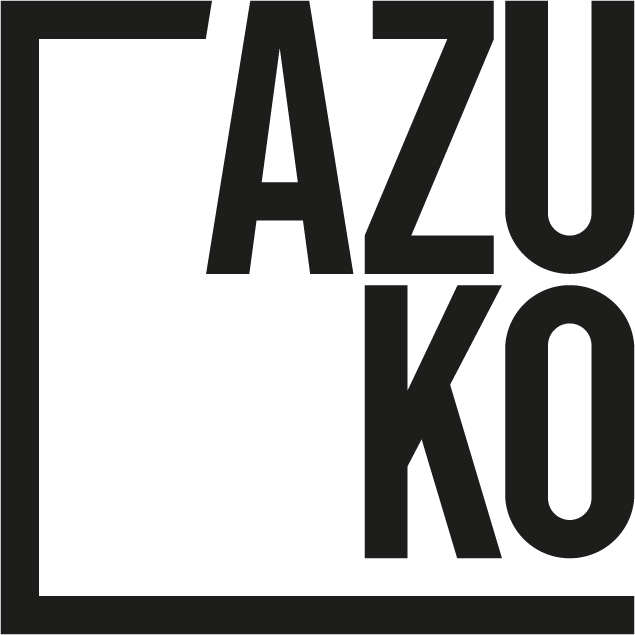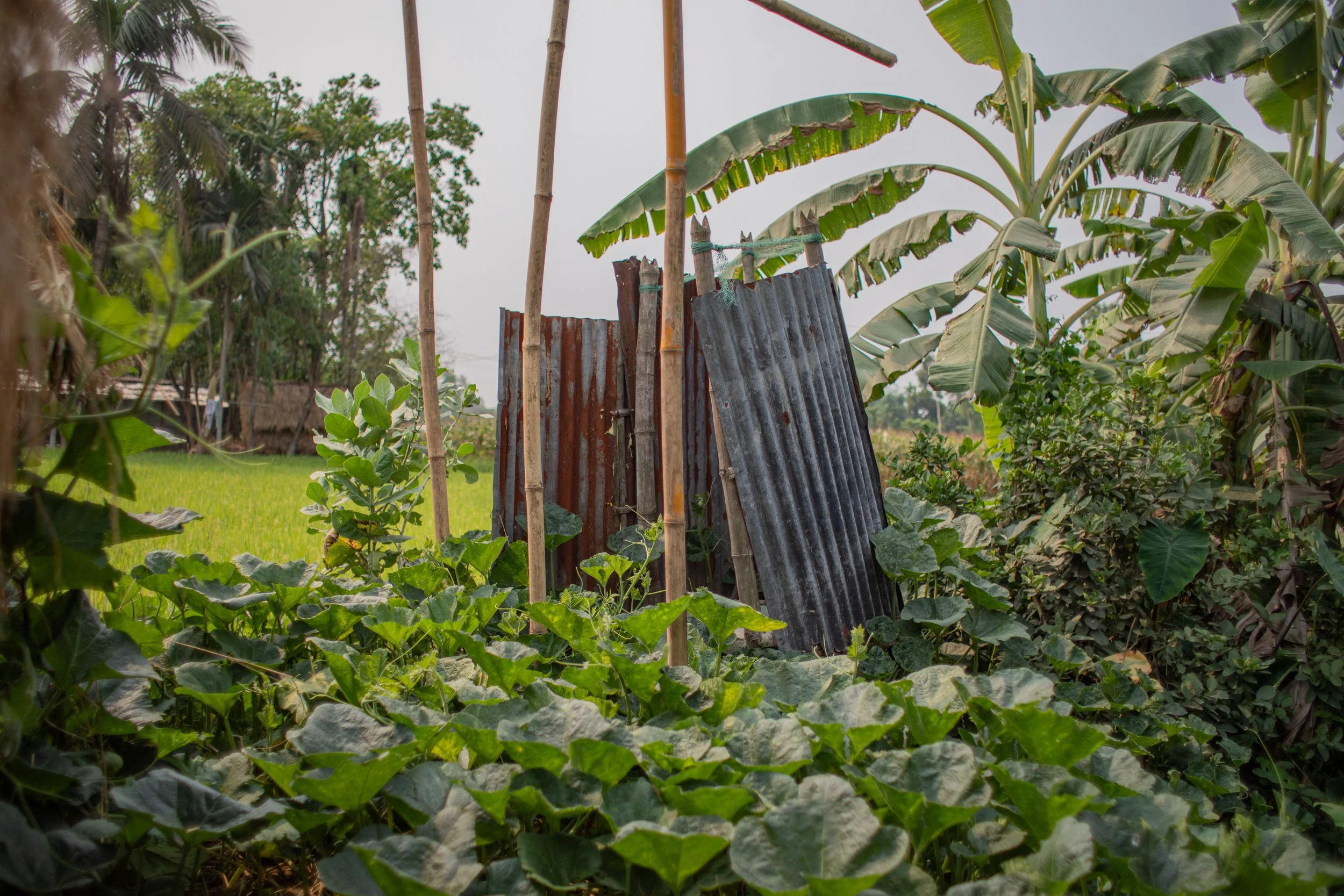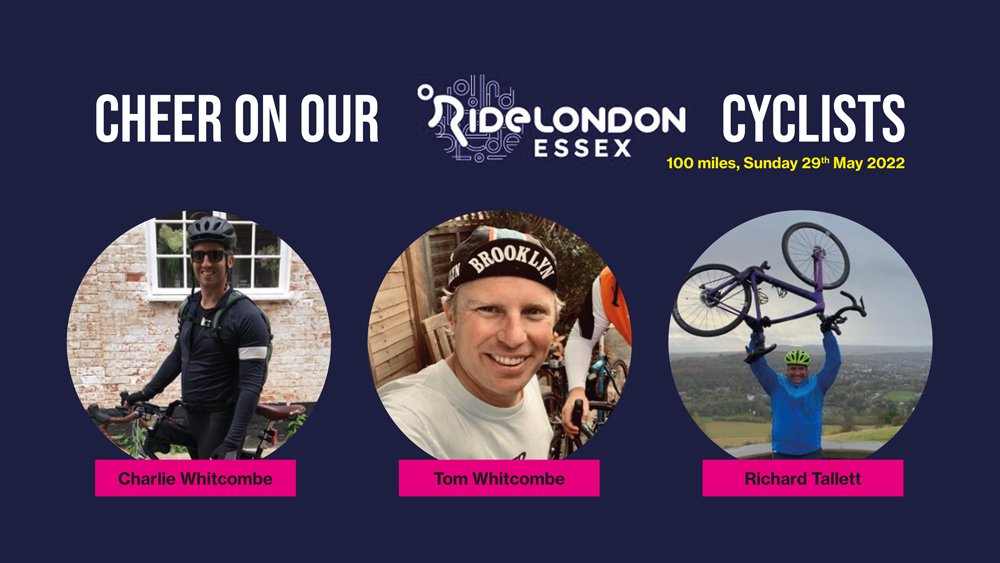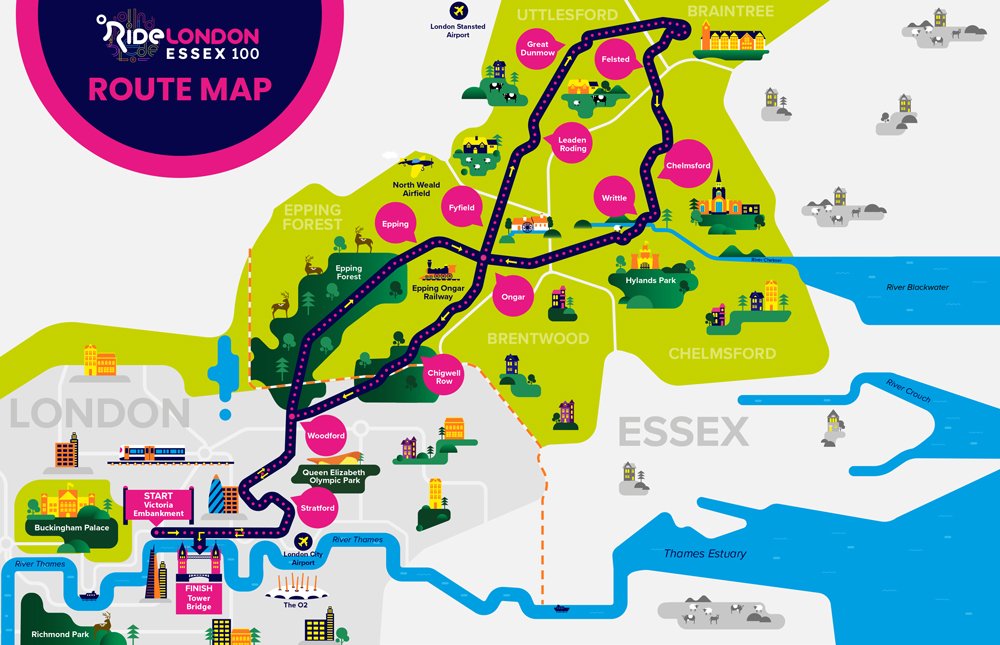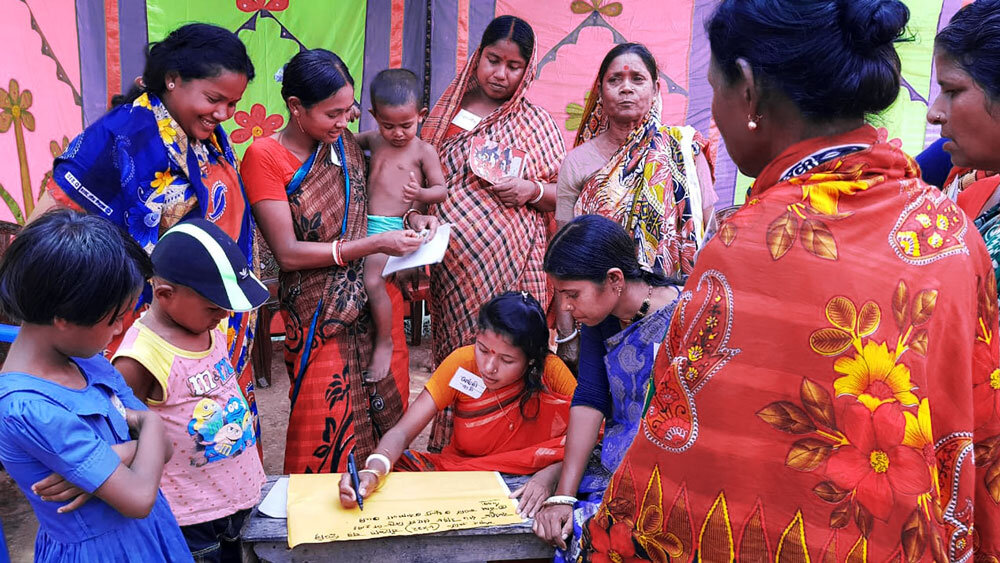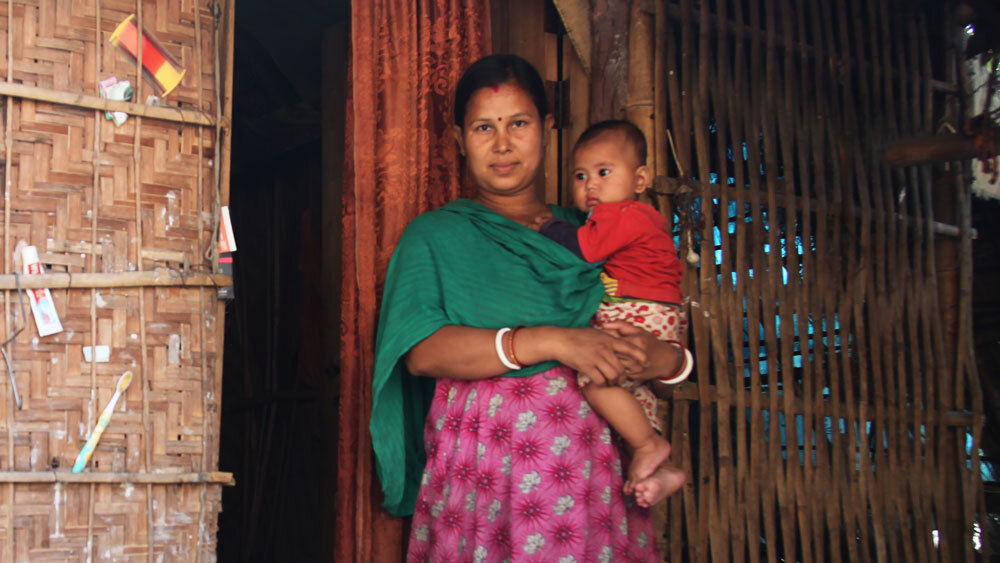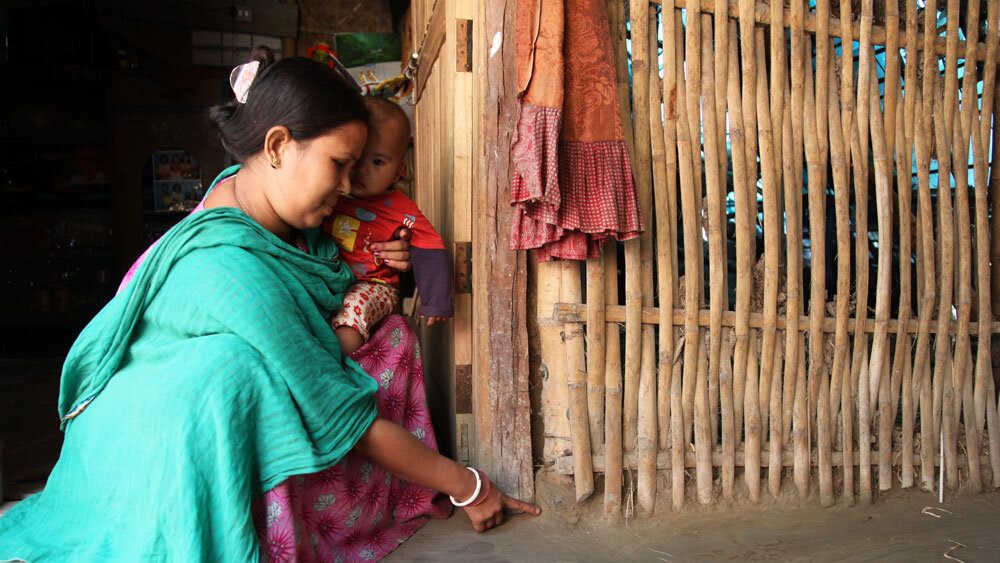We can’t say enough about our amazing supporters, and the incredible challenges they take on to raise awareness and funds for our work. This month, on 29 May, we have 3 brave cyclists – Richard Tallett, and brothers Tom and Charlie Whitcombe – taking on 100 miles (no, we didn’t write that incorrectly – 100 mammoth miles!) as part of RideLondon.
We caught up with them to hear how their training is going and what inspired them to raise the roof with Team AzuKo.
Why have you chosen to support AzuKo?
(Richard) AzuKo’s mission and ethos really struck a chord with me – it’s such a novel concept – plus I hope that by taking part I can also do my bit to help raise the profile of a smaller charity.
(Tom) One of my oldest friends Beth introduced me to AzuKo. It’s a fantastic charity doing incredible work around the world.
“I’m really interested in the unique nature of AzuKo’s work. Using expertise and experience to turnaround a family’s prospects and quality of life for the long term. I’m excited to represent them on the day and spread the word about what AzuKo stands for.”
What motivated you to take part in RideLondon?
“This will be the first time I’ve ever taken part in anything like this, so the motivation was a combination of things: a great opportunity to raise some money for charity, the sense of personal achievement in completing a challenge such as this and the persuasive powers of a WhatsApp group.”
(Tom) I’m turning 40 this year and needed a serious challenge!
(Charlie) It’s been on my bucket list of physical challenges ever since I moved to London. I don’t know that area of London very well, but what better way to experience it than on a bike in the spring sunshine. All whilst raising money for a very worthy cause. The team aspect will also no doubt help us around the course and add to the memories.
Which part of the route are you most excited for?
(Richard) The last few miles coming back into central London. I live quite close to the route so know it well and will be looking forward to that home stretch feeling kicking in.
(Tom) Setting off at the beginning and winding our way out of London, towards the Essex countryside.
(Charlie) Epping forest as I don’t think I’ve ever been there… Also, the finish line must be a welcome sight!
What does your training schedule look like? And how is it going so far?
(Richard) I go out for a ride most weekends and have been steadily increasing the distance. Along with a good mate, we’ve been working our way around the South East coast – we’ve now done all the way from Southend to Poole (in stages of course!)
(Tom) I do a once a week 44-mile journey into work, from Surrey to London and back. I also run 2-3 times a week on the treadmill in my garage (and take the stairs at work whenever possible).
(Charlie) For the next few weeks I’m going to be splitting my time between the Scottish countryside and London. I’m aiming to get some long rides under my belt and beef up the thighs as much as possible for the big day.
What is your secret weapon to help get you round those 100 miles?
(Richard) Flapjack mini bites and jelly babies.
(Tom) DJ Tiesto and those disgusting (but essential) gel packs.
(Charlie) A hearty breakfast! Either porridge oats or a fry-up with some good coffee… I haven’t decided yet.
How long have you been cycling, and what do you enjoy about it?
(Richard) I’ve been cycling all my life, but like many others rediscovered road cycling during lockdown in 2020. I love the escapism you get on longer rides, exploring the countryside and the sense of achievement from grinding out the climbs to be rewarded with the downhills.
“My first memory of cycling is aged 5 racing my father and 2-year-old sister in her pram down a lane on holiday in Wales… for some reason I ended up flying over the handlebars and damaged my front tooth, requiring a visit to a Welsh dentist! Fingers crossed no accidents at RideLondon 😊”
(Charlie) For as long as I can remember. I enjoy the simplicity of it, comfortably covering long distances under your own steam all whilst exploring and taking in the countryside.
How will you celebrate once you have crossed the finish line?
(Richard) I’ll be thirsty for a cold beer or two with my fellow AzuKo riders Tom and Charlie.
(Tom) A cold pint of Guinness and a bacon cheeseburger.
(Charlie) Obligatory bikes-held-over-the-heads team photo? Followed by a round of cold beers.
Inspiring. We’ll be cheering them all the way. Join us:
Donate what you can to help them push past that wall: Richard / Tom / Charlie
Download The Official RideLondon App for free, and follow their journeys on race day
If you’re in London, pick a cheer point and wave!
